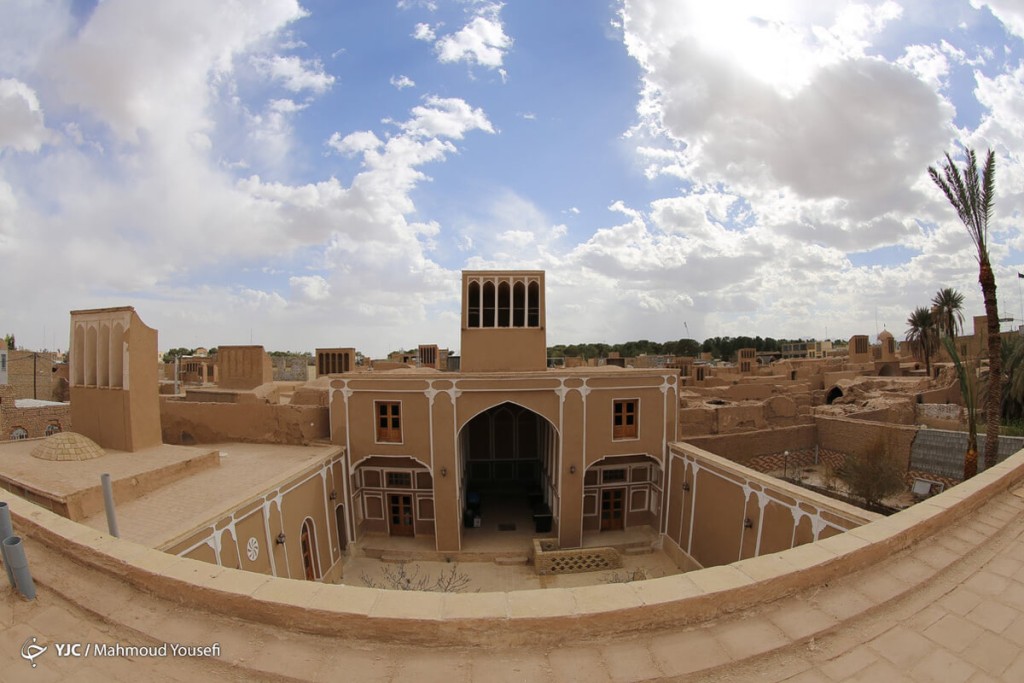
Vernacular structures refer to the structures constructed by the people living in a locality. It is also called architecture without an architect.
The common factors creating the vernacular architecture in the Iranian plateau are climate and accessible constructional materials. The prevailing climate in the region is harshly hot or cold. Most of the time, it is also extremely dry with desert soil covering the major part of land. Generally, rainfall is not enough and earthquakes have always been potential threats. Mud and brick are major materials used for constructing various structures because the earth can be found everywhere quite easily and inexpensively.
Ceilings are mostly built in the form of cupolas and vaults, walls are usually thick and windows have to be made in small sizes. The reasons should be sought in the common factors mentioned and explained before.
In addition to the general features of architecture in the Iranian plateau, there are special structures built that need to be referred to here:
Pigeon Towers, One of the Vernacular Structures
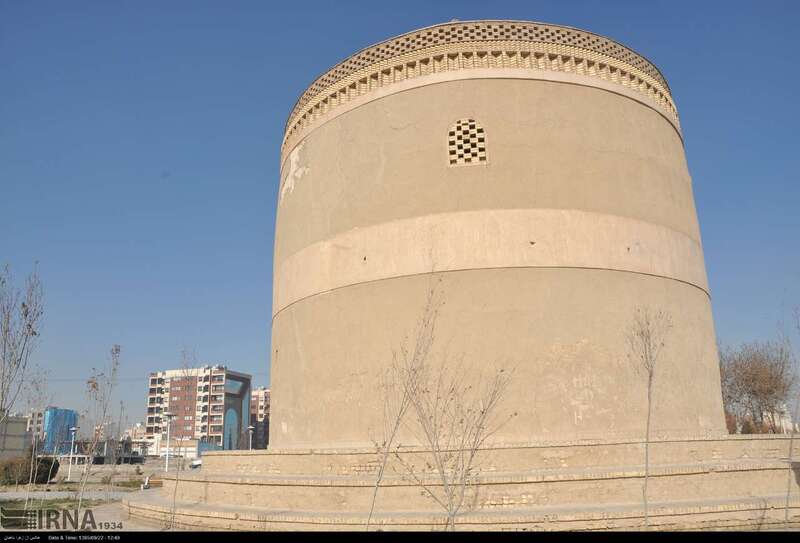
The purpose of building such towers had merely been to collect pigeons’ excrement to be used as fertilizer or as an ingredient for producing gunpowder.
The main issue was to build as many pigeon nests inside as possible with the least materials.
The architecture of these seemingly simple structures was not void of art and calculations although economic consideration should have been taken.
Icehouses
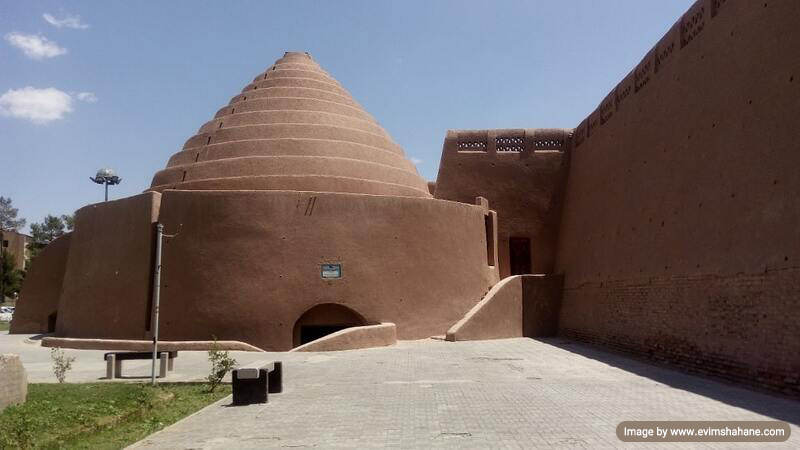
Icehouses are one of the Iranian vernacular structures that were built for reserving snow and ice for summer use. Supplying ice in the plateau had been very hard. The warm season was long and the cold season short. Drinkable water was not enough. Snow-covered mountains were not available everywhere. The difference in altitude made it even harder to carry snow down to low areas.
A ditch, a wall, and a thick storage structure were the intelligent solutions to supply and reserve ice for later use.
There were some technical and cultural aspects involved as well, like any other structures, which are quite interesting.
Water Reservoirs
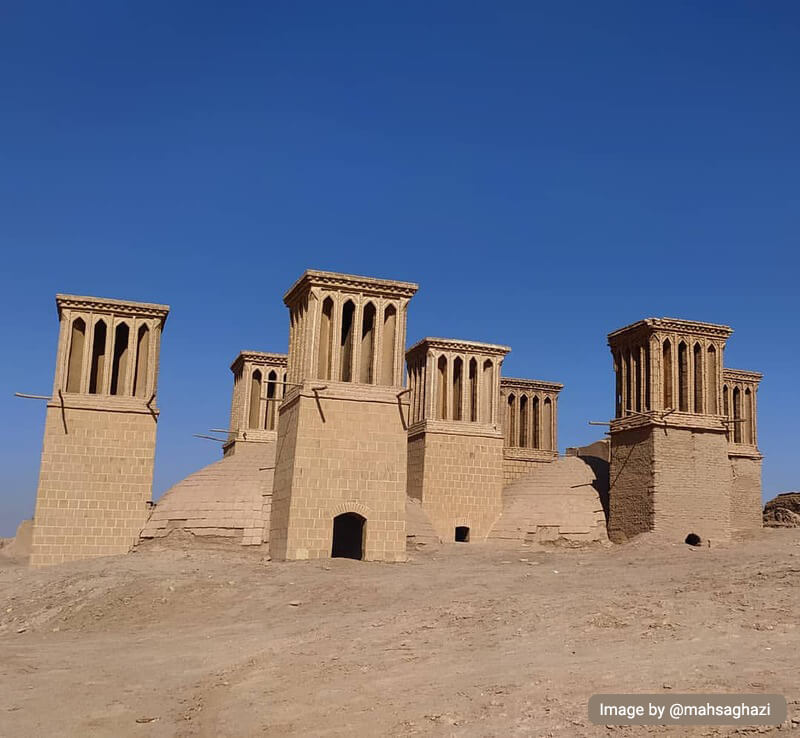
To efficiently collect and reserve water has never been any possible task to do unless a great amount of experience has been gained throughout centuries. Supplying water by kariz (qanat), man-made subterranean aqueduct system has been common in ancient Iran. Water supplied in this way must be kept in an appropriate structure, a water reservoir.
Water reservoir is one of the Iranian vernacular structures and a deep circular insulated pit covered by a dome and accessed by a stairway leading down to its entrance. A barrel-vaulted ceiling covered this stairway.
Water could be kept cool and clean with the help of some local techniques.
Wind Tower (Wind Catcher)
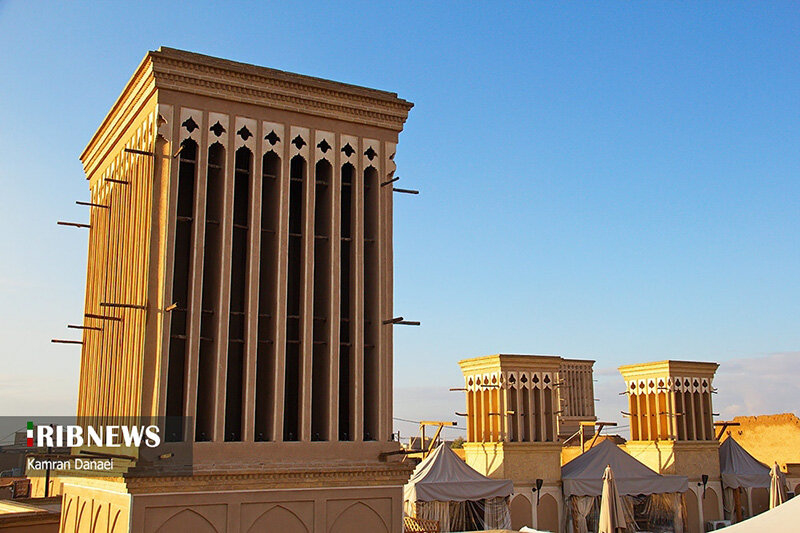
I should explain that wind catcher is one of the most famous and spectacular elements in pure Iranian architecture. It is a chimney-like structure usually erected in couples from the bottom of houses or water reservoirs up to an elevation a little higher than its roof. They work like a ventilation system bringing the temperature of inside houses or water reservoirs around 20 C lower than outside.
Unfortunately, vernacular structures in Iran are subject to destruction for some reasons. But, one can still see a great number of them that are indicative of people?s need and interest in them.






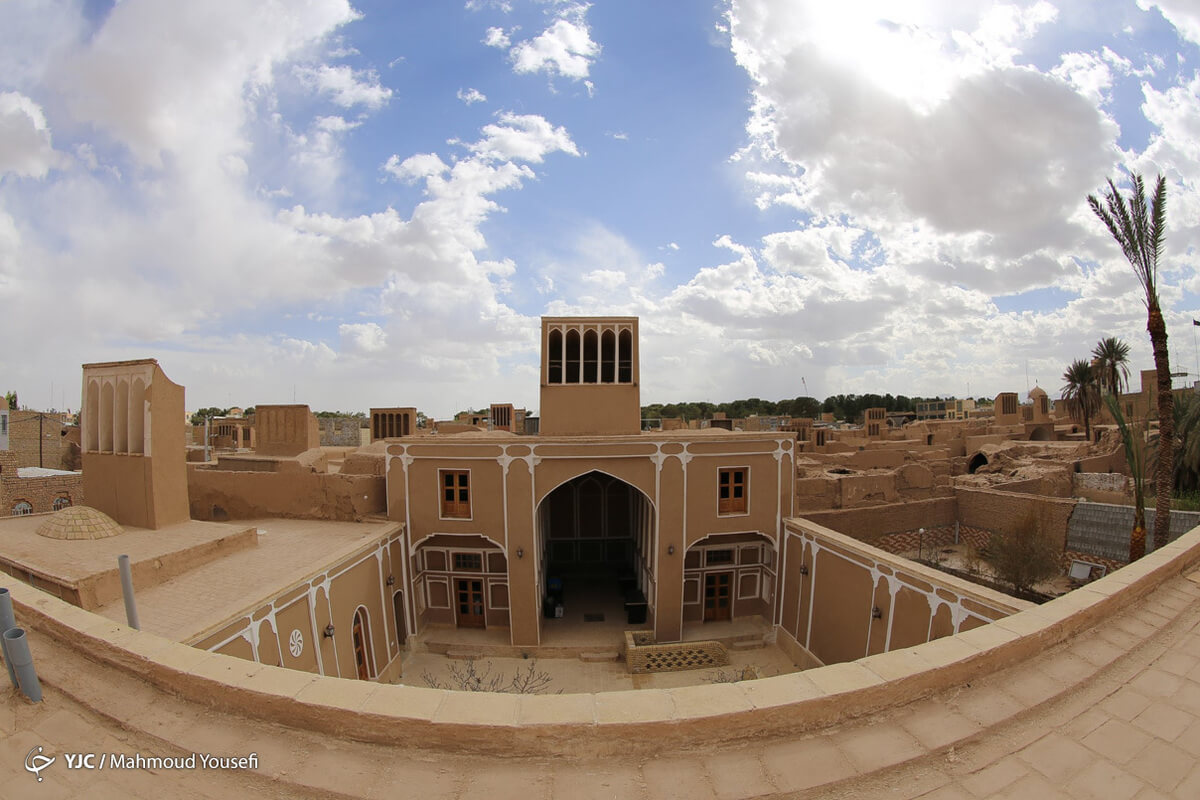
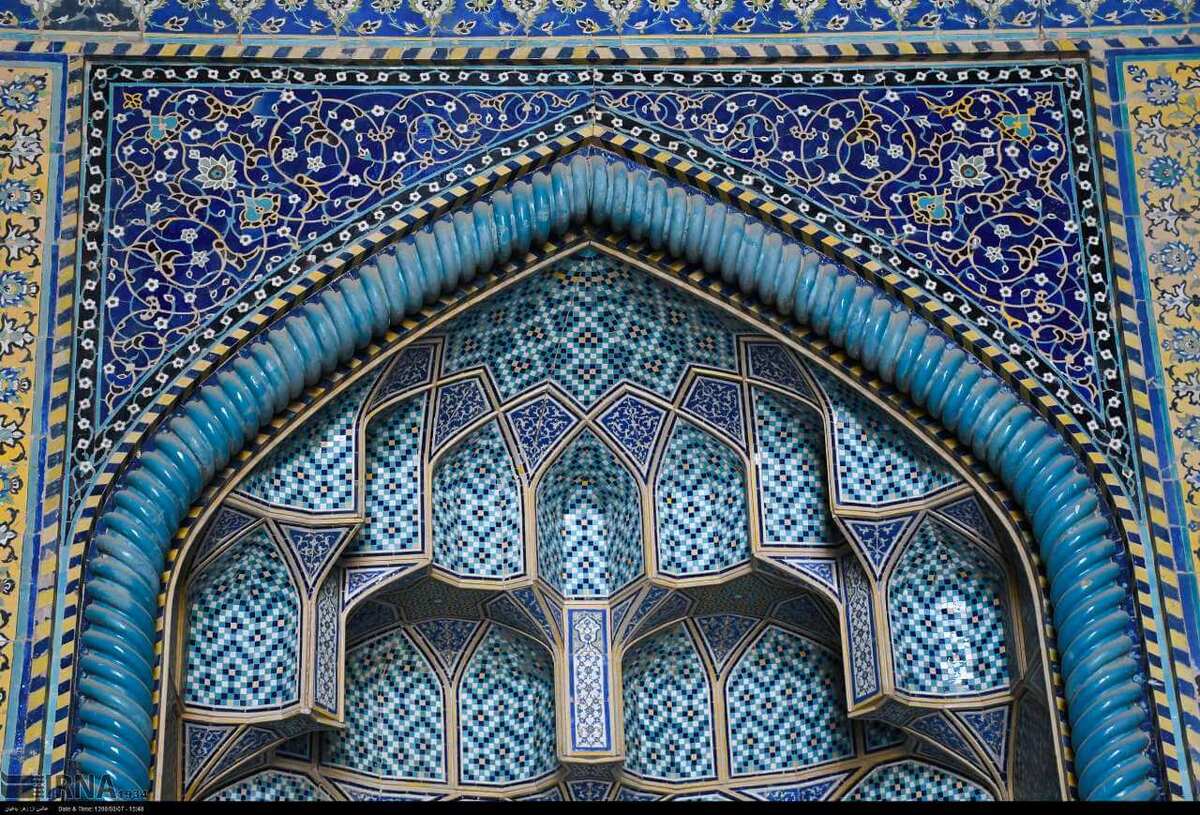
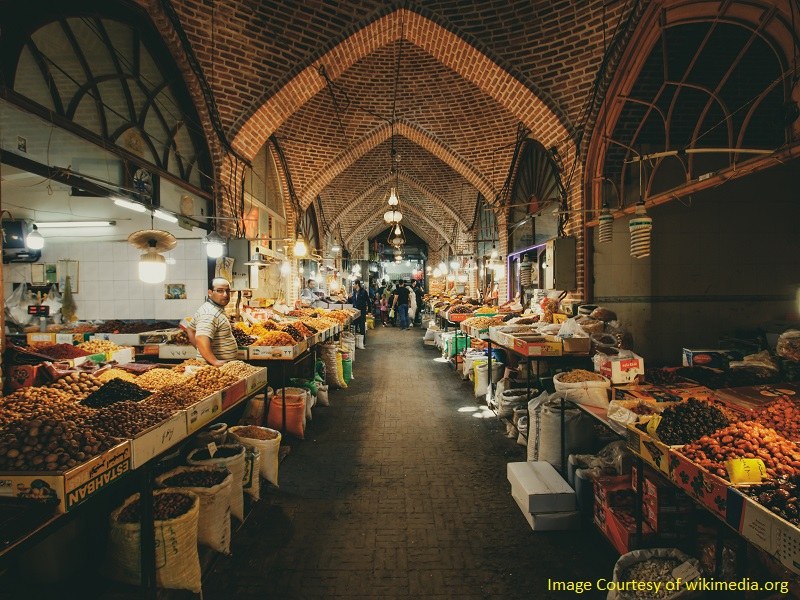






Very interesting read. I’m constantly astonished how people in ancient times created the structures they needed with the limited machinery available then
Yes, you’re right. It’s not easy to believe how complicated, although simple-looking solution, could work for centuries!